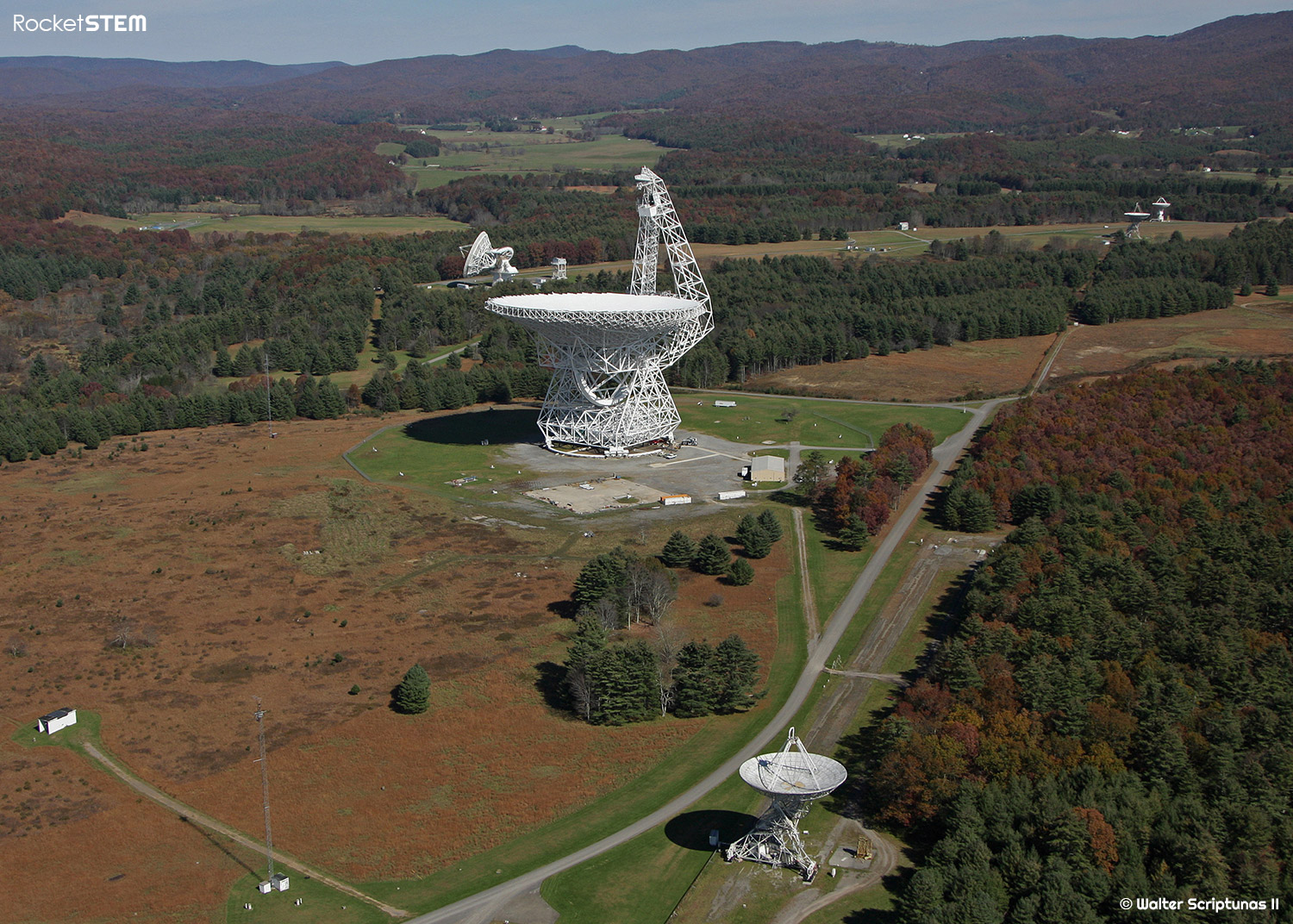

The diagram in the upper left corner depicts hydrogen undergoing the transition responsible for radio emissions at the wavelength of 21 cm. It’s very exciting to be a part of SETI at such a dynamic point in time!” “In addition, many new scientists are getting involved in the field, including both students and experts in other sub-fields who are applying their skills to the technosignature challenge. “Traditional radio SETI is expanding exponentially, with new sources of funding and new radio telescopes coming on-sky (for example, MeerKAT),” she said. Nevertheless, radio transmissions remain the most sought-after technosignature, and radio surveys have advanced exponentially thanks to newly-developed hardware and cutting-edge computational techniques. The kinds of technosignatures researchers could look for are also expanding, with proposals ranging from directed energy and neutrinos to gravitational waves. In recent years, the field of SETI has expanded considerably, with next-generation radio telescopes and new data analysis techniques (many of which incorporate machine learning) have become available.

This was Project Ozma, led by the late and legendary Cornell astrophysicist Frank Drake, for whom the Drake Equation is named. The search for radio signals has been an established SETI convention since the first survey was conducted in 1961. The paper that details their research is scheduled to be published in The Astronomical Journal.įrank Drake by the Green Bank Telescope. They were joined by teams from Breakthrough Listen, the Center for Exoplanets and Habitable Worlds (CEHW), the International Centre for Radio Astronomy Research (ICRAR), and multiple universities and research institutes. Sheikh, an NSF-ASCEND Postdoctoral Fellow at the SETI Institute and Berkeley the SETI Research Center (UC Berkeley), and other members of a graduate SETI program run by the Penn State Extraterrestrial Intelligence Center (PSETIC). This new technique could vastly expand the field of SETI and create all kinds of opportunities for future research. While the survey did not detect any definitive evidence of technosignatures, they did identify two radio signals of interest that warrant follow-up observation. Their observations were timed to coincide with the planets passing in front of their sun relative to the observer (i.e., making a transit). Recently, an international team of researchers from the SETI Institute, Breakthrough Listen, and multiple universities scanned twelve exoplanets for signs of technological activity (aka. Since 2017, it also became one of the main instruments used by Breakthrough Listen and other institutes engaged in the Search for Extraterrestrial Intelligence (SETI).

Between its 100-meter dish (328-foot), unblocked aperture, and excellent surface accuracy, the GBT provides unprecedented sensitivity in the millimeter to meter wavelengths – very high to extremely high frequency (VHF to EHF). Byrd Green Bank Telescope (GBT), part of the Green Bank Observatory in West Virginia, is the world’s premiere single-dish radio telescope.


 0 kommentar(er)
0 kommentar(er)
